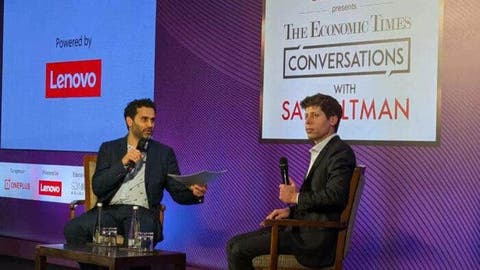Disclaimer: We may be compensated by some of the companies whose products we talk about, but our articles and reviews are always our honest opinions. For more details, you can check out our editorial guidelines and learn about how we use affiliate links.
Follow Gizchina.com on Google News for news and updates in the technology sector.
Follow Gizchina.com on Google News for news and updates in the technology sector.
